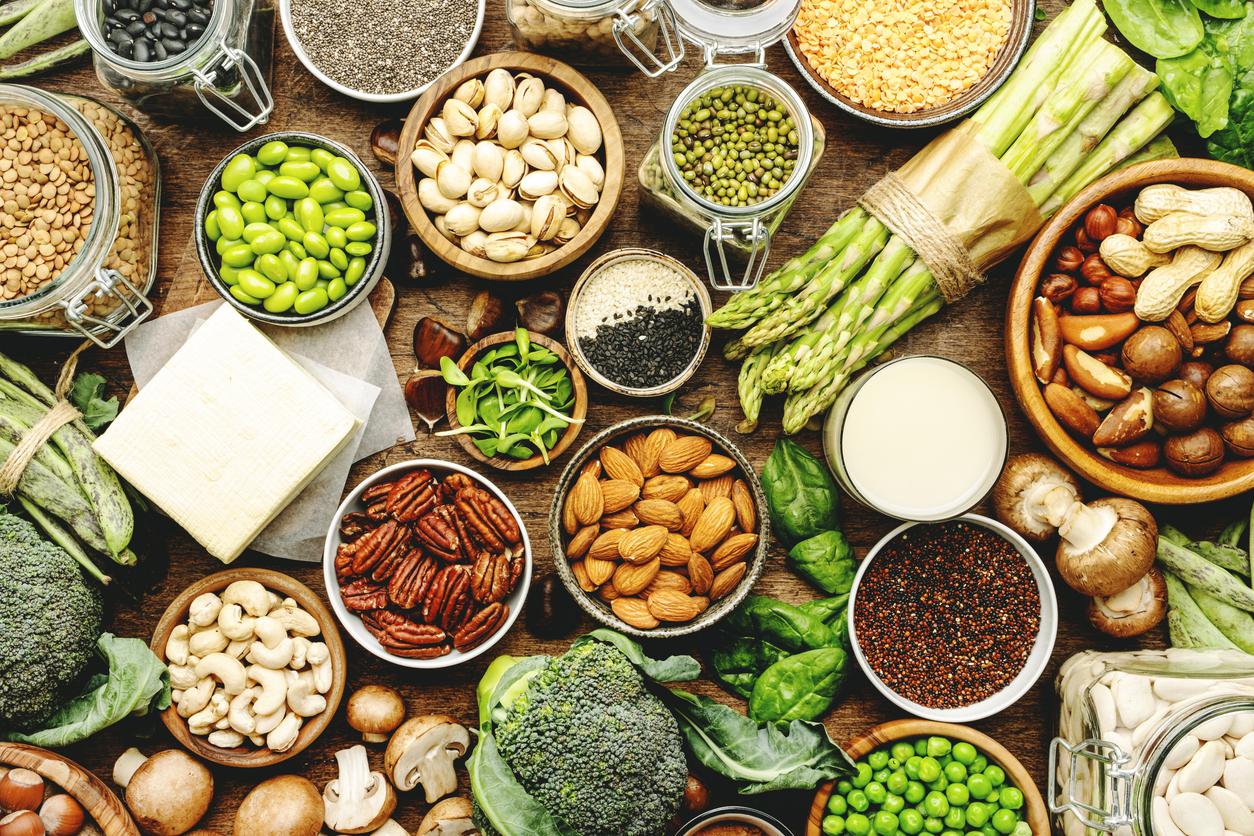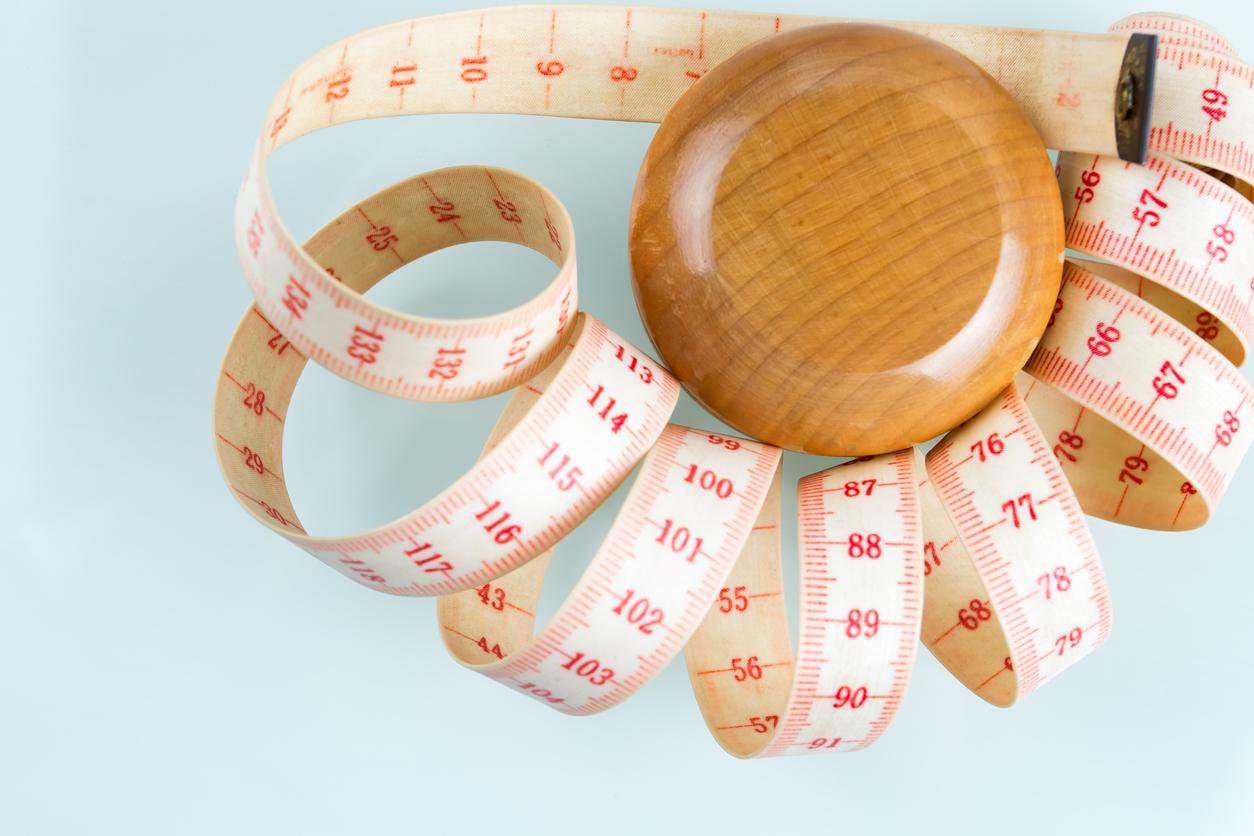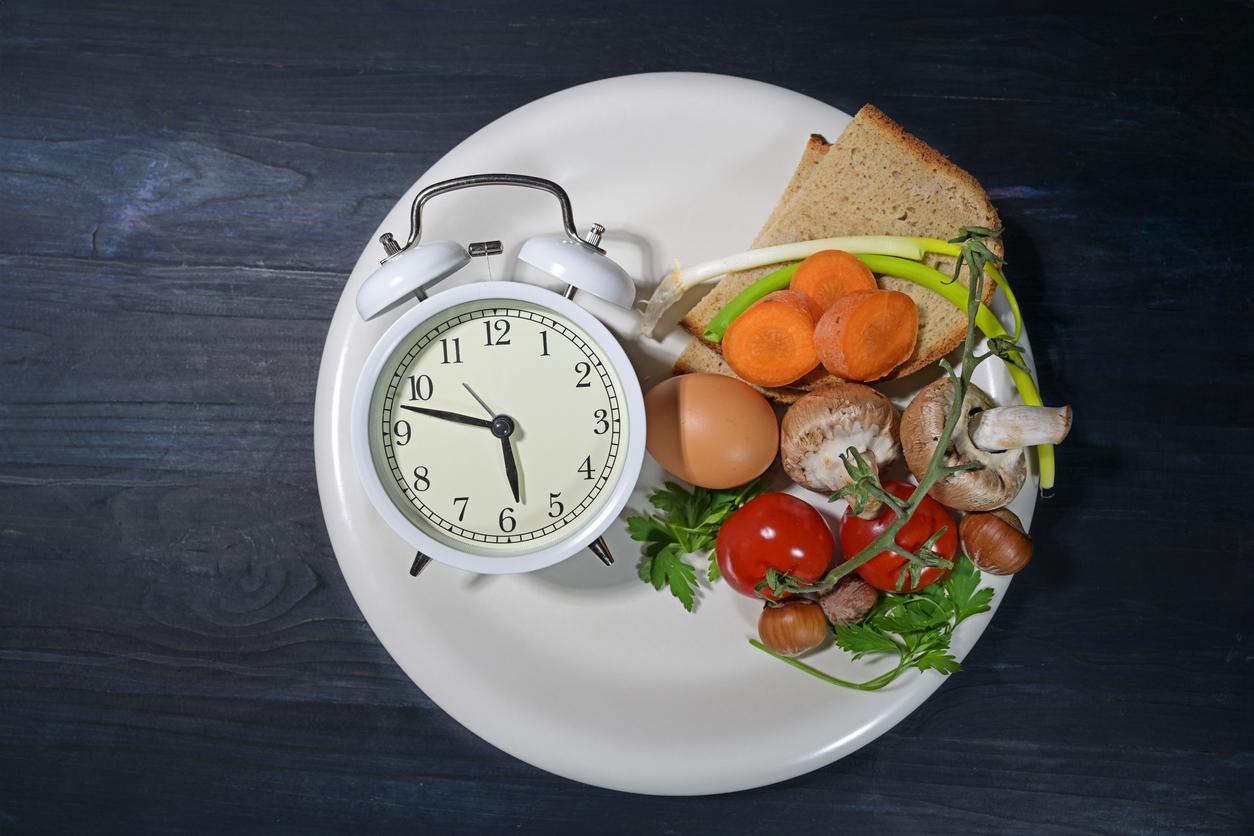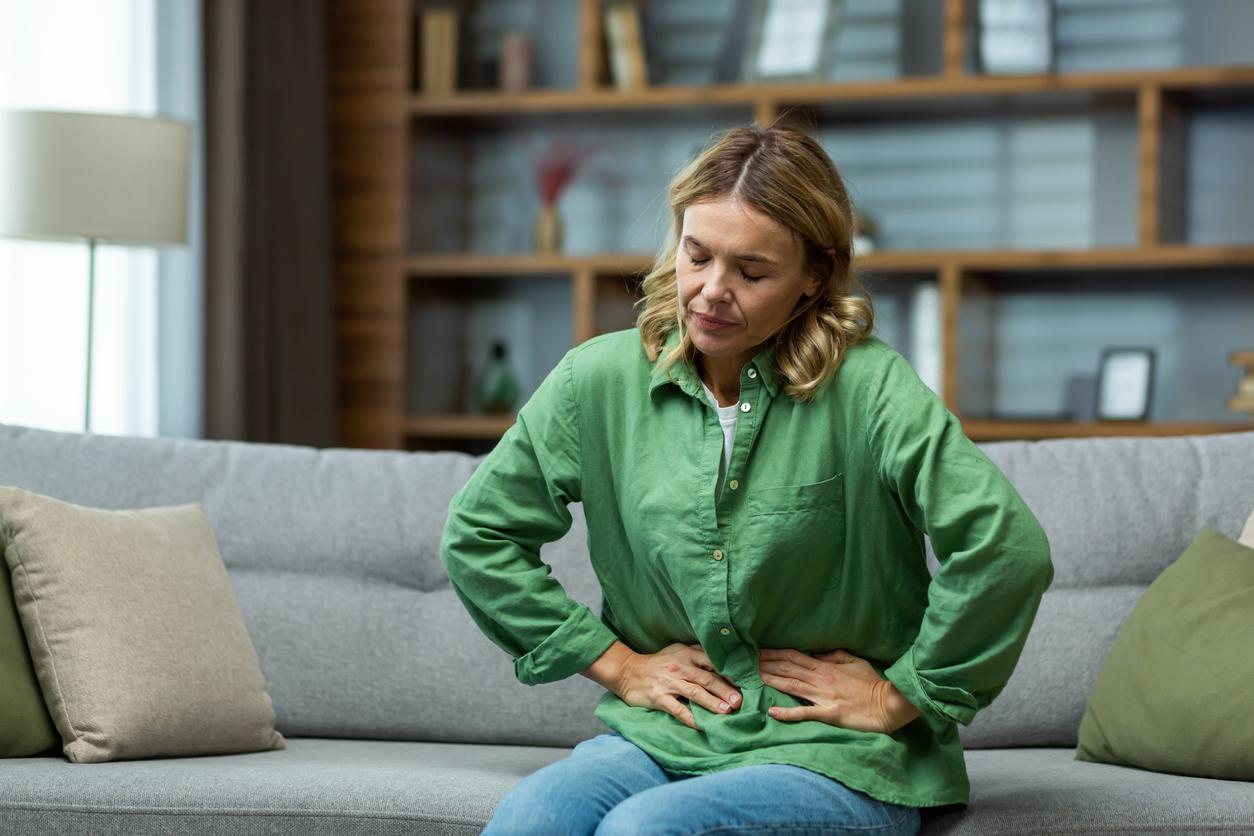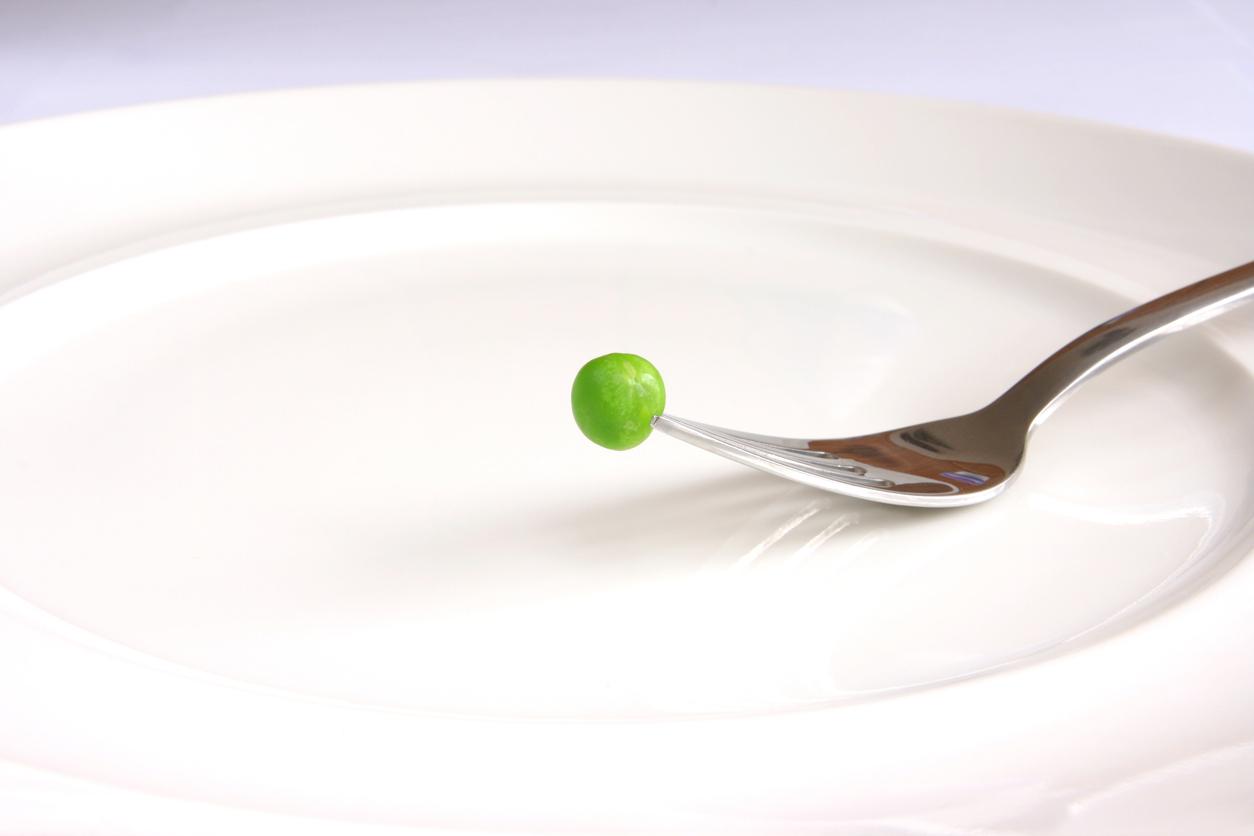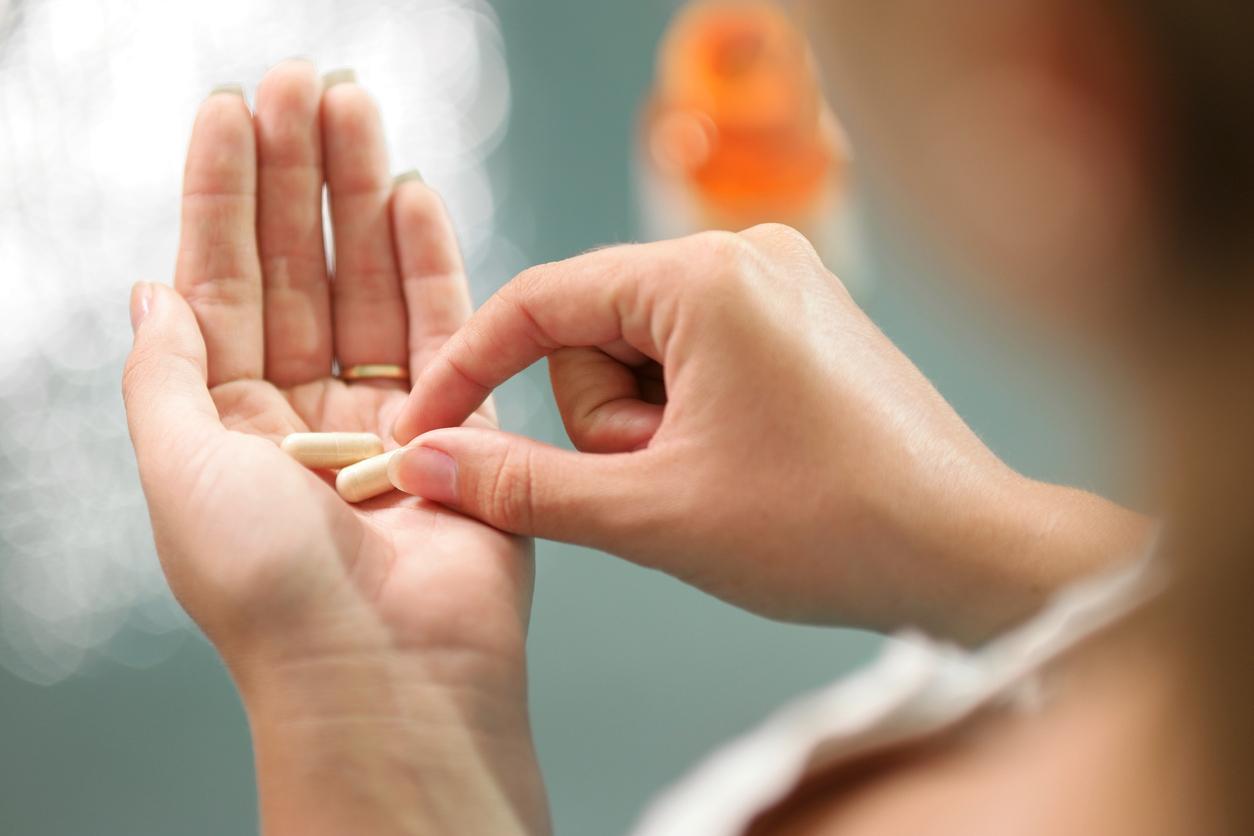Pioppi is a fishing village of just over 300 souls, located south of Naples. Its inhabitants live there particularly long (there are several centenarians) and above all, in good health! While many other Mediterranean villages have the same characteristics, Pioppi and his famous diet became famous thanks to the American scientist Ancel Keys who settled there on his retirement and lived there for a long time since he died at the age of 100 (97 for his wife, Margaret). His studies on the Mediterranean diet were taken up by the American cardiologist Aseem Malho-tra, convinced that by changing his lifestyle, many ailments can be avoided: diabetes, obesity, cardiovascular disease, cancer…
The people of Pioppi don’t have to do much to stay young and fit. They simply live in harmony with nature: the idyllic setting by the sea promotes well-being and conviviality, the surrounding countryside offers plenty of fruit and vegetables, not to mention olive oil. If these elements are not necessarily part of our daily lives, we can still take inspiration from their way of eating to find the lne, a healthy BMI, and fight against aging.
Here are the 10 main rules to follow and adapt to the products to our local products and our personal tastes!
1. Plenty of fresh vegetables at every meal!
We can never say it enough, the vegetables should not “accompany” but garnish half of the plate! Their assets: light, they are rich in fibers which satiate and promote transitas well as micronutrients (vitamins, minerals, antioxidants), essential and protective.
All vegetables are good, as long as they are in season and have not traveled too much (otherwise, bye-bye vitamins). The mention “without pesticides” and the organic label are of course a plus.
2. Meat: quality poultry twice a week
It is now well known, too much meat (red, in particular) promotes cardiovascular disease, Colon Cancerand the diabetes. Acidifying and rich in saturated fat, meat should not be on the menu every day, let alone at every meal. Like the inhabitants of Pioppi, we reserve it for special occasions (party, restaurant, etc.) and so we choose quality: organic, from small producers, raised on grass, fed without GMOs… And for red meat, 2 or 3 times a month maximum.
3. Fish regularly, 3 or 4 times a week
Fish provides as much protein as meat but without the saturated fats. Lean species (cod, pollack, hake, etc.) are both light and satisfying. Oily fish (sardines, mackerel, etc.) contain essential fatty acids, omega-3s, which protect against cardiovascular diseases and promote the proper functioning of the brain. We favor fish from our coasts and caught using sustainable techniques. And we avoid those of the deep, very threatened (grenadier, emperor…).
4. Bread and pasta at least once a day
At Pioppi, there is no white flour or ultra-processed cereals. Homemade sourdough bread (digestible and satisfying) and homemade pasta with quality flours are the base. The rawer and more complete a product is, the richer it is in micronutrients and the more long-lasting energy it provides. Every day, you can savor your choice: artisanal bread, wholemeal pasta, buckwheat, barley…
5. Pulses at least once a day
Pulses have appeared in the new dietary recommendations published by Public Health France: at least twice a week, favoring organic. At Pioppi, chickpeas, lentils and other beans are much more often on the menu. Associated with cereals, they constitute a good alternative to meat: they provide quality proteins, but also carbohydrates sources of energy, satiating fibers, and quantity of minerals. “Almost” perfect foods that have made them the new darlings of nutritionists. Also discover our recipes with pulses
6. Goat and sheep dairy products once a day
The Mediterraneans drink little milk, but they consume yogurts and fresh cheeses. These have the advantage of containing less lactose and being better tolerated. In addition, the Mediterranean coast being more suitable for small livestock than for large pastures, it is mainly dairy products from goats and sheep that are consumed there. But these are also more digestible (because their fatty acids are smaller) and their distinctive flavor delights the taste buds. Result: we are less tempted to take it again.
7. Olive oil every day, at every meal!
At Pioppi, it is a mainstay of the diet. Butter and cream are non-existent. Full of monounsaturated fatty acids excellent for the cardiovascular system, olive oil lends itself to both salads and cooking. It is renowned for its polyphenols, antioxidants that slow cell aging and reduce the risk of cancer. However, it remains composed of 100% lipids, so we have a light hand: 1 to 2 tablespoons per meal max.
8. Fruit for dessert, at every meal!
Another peculiarity of the Pioppi diet: the absence of sugar and sweet products. Only exception: a little honey possibly in a yogurt or a homemade pastry for a special occasion. The rest of the time, it’s a fruit that closes the meal on a sweet note. A model to follow since fruits are low in calories, fat-free and the absorption of their sugar is tempered by the presence of fibre. Let us add that vitamins and antioxidants are present in abundance when they are chosen fresh and in season. We therefore take advantage of the beautiful days to stroll through the markets and picking.
9. A small handful of oilseeds once a day
Other newcomers to dietary recommendations: nuts unsalted (nuts, hazelnuts, almonds…). Rich in protein, fiber, good fats and minerals (magnesium, calcium, potassium, etc.), they provide a host of good nutrients. They complement a vegetarian diet well. But with over 600 calories/100g, a handful is enough!
10. A glass of red wine, possibly once a day maximum
The overview would not be complete if we did not discuss the famous glass of red wine, rich in antioxidant polyphenols. A few details all the same: the wine must be red (richer in tannins) and organic (otherwise we also drink pesticides). Another point: wine contains alcohol, “empty calories” that are extremely harmful in the event of excess. So a glass of red wine, if you like it, once in a while and once a day max(if more, the disadvantages take precedence over the advantages).
What exactly is a good olive oil?
Almost all those found in stores are “extra virgin”, therefore cold extracted, which preserves their taste and nutritional quality. It is advisable to consume your olive oil within the year and keep it away from light and heat to avoid oxidation. The major brands offer blends of oils (from Spain, Italy, Tunisia, etc.) to obtain standard tastes. The best indicate the date of harvest and the region of origin. The AOC and organic labels are also good indicators of quality. Finally, we find more and more the precision “fruity green” (lively, vegetal taste) and “fruity ripe” (softer).
Thanks to our expert, Alexandra Retion, dietitian nutritionist
Read also
- The Greenprint diet: an eco-friendly diet
- Calculate your BMI with our online tool
- A week of low GI menus









